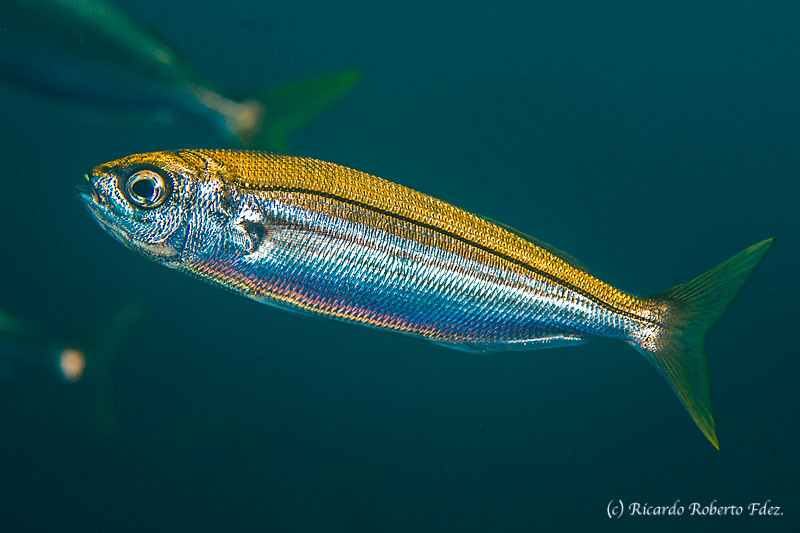The pollack on the first photograph is quite an unfortunate one: he's got three parasitic Cymothoid isopods: Anilocera physodes. These isopods feed on the skin of the fish, causing quite serious wounds in the end. You may see a couple (female, the larger one, and the male, the smaller one) and yet there is a third one, on the fin (it is difficult to see, but if you look carefully, you may see it). However, the pollack's problems don't end here.
Look into the mouth: don't you notice that the fish's tongue has got eyes? That's because it is not its tongue: it's a tongue - eater isopod called Ceratothoa oestroides. When this isopod is a larvae, it lives in the plankton, but actively looks for a host fish. Once it finds one, it hooks its legs on the fish's skin and moves into the gills, and from there, into the gut. Then, it changes into male and, if there is no female attached, turns into female and starts growing, moves to the fish's mouth, hooks herself into the tongue base and starts feeding from the tongue blood until it dies and is lost. Then, the parasite replaces the tongue and, as surprising as it may seem, the parasite acts as a prosthetic tongue, being the fish able to feed normally.
The remaining photographs are stacks, and they show: a C. oestroides protruding from the mouth of another fish, Boops hoops. A female, male and a "manca" larvae (a larvae just before starting its transformation into adult). A mature female of C. oestroides, dorsal and ventral view, this one showing it was pregnant and full of larvae. A "manca" larvae (notice its wonderful eyes) and a ventral view of the head and the first legs, with its hooks. Three immature larvae from the pouch and, finally, the male (dorsal and ventral views).
And, in spite of so many parasites, the pollack seemed to be in good condition and its behavior wasn't different from other pollack nearby. Thus, if it coped with such problems, I think we don't have any excuse to stop dealing with ours and complain, so the lesson I learnt from the pollack was: never surrender and go ahead!
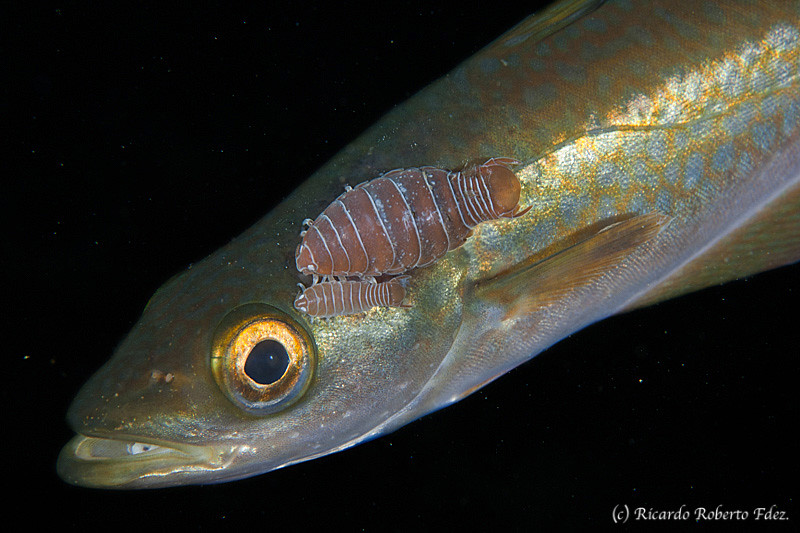
Abadejo parasitado by Rikisub, en Flickr
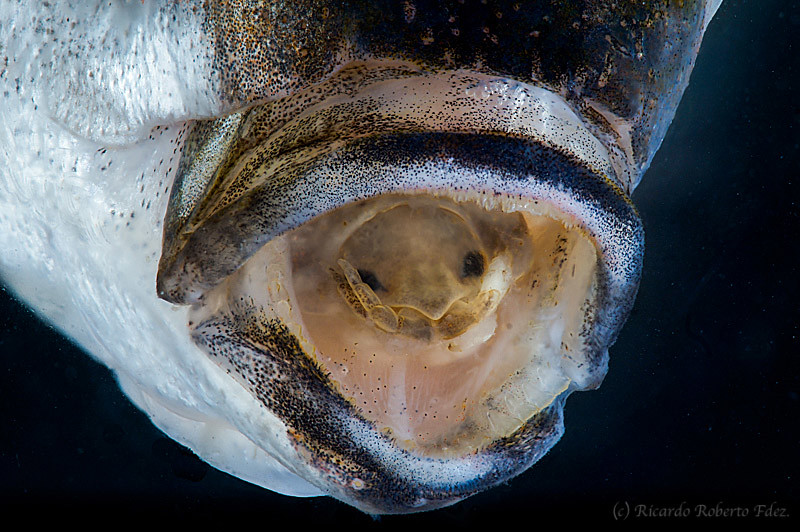
Cymothoa en boca de boga by Rikisub, en Flickr
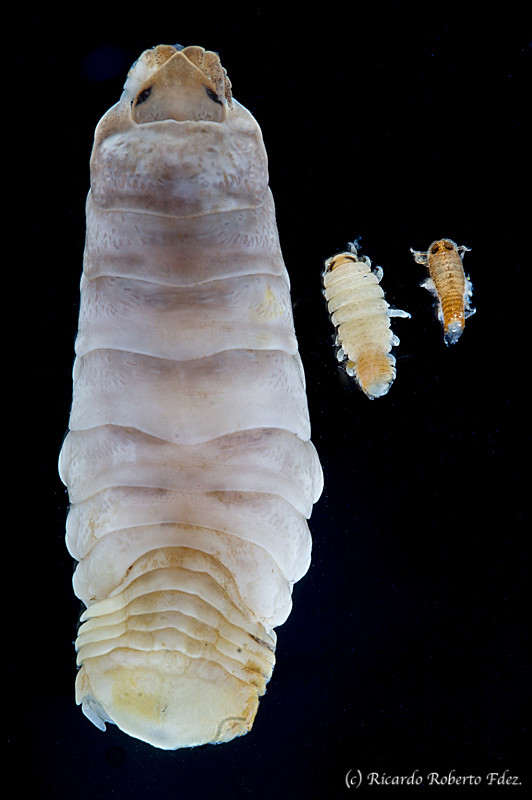
Hembra madura, macho y larva madura by Rikisub, en Flickr

Hembra de Cymothoa vista dorsal by Rikisub, en Flickr
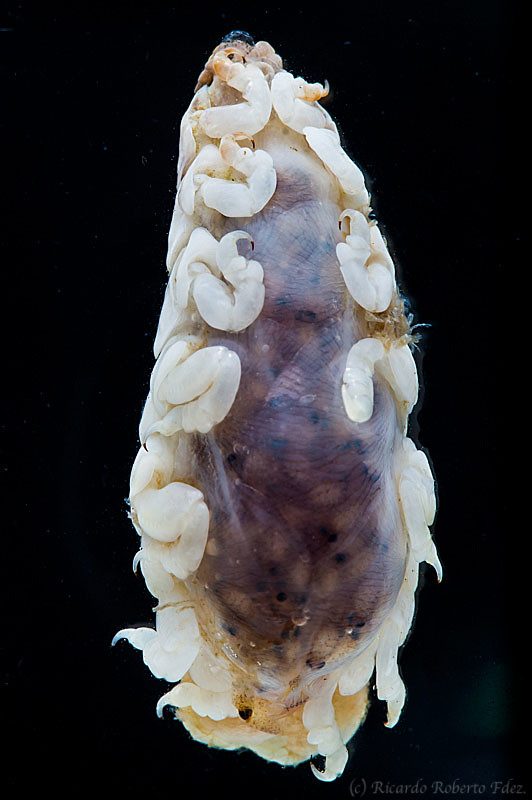
Hembra de Cymothoa vista ventral con larvas by Rikisub, en Flickr
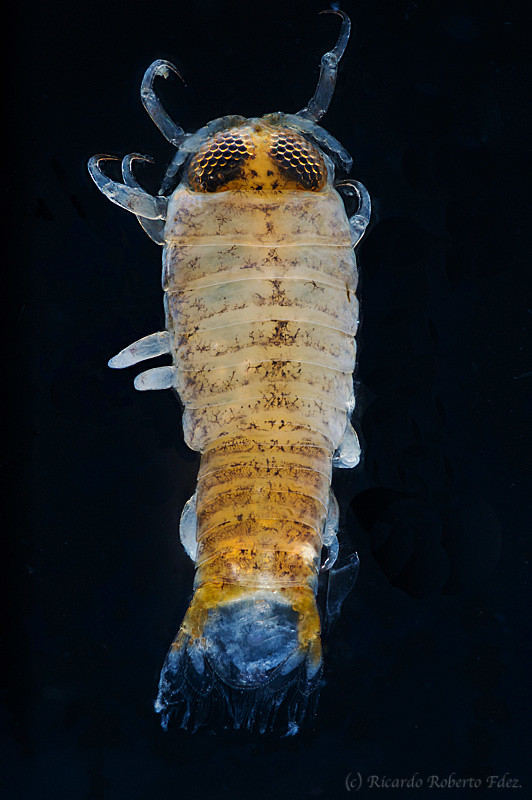
Larva madura dorsal by Rikisub, en Flickr
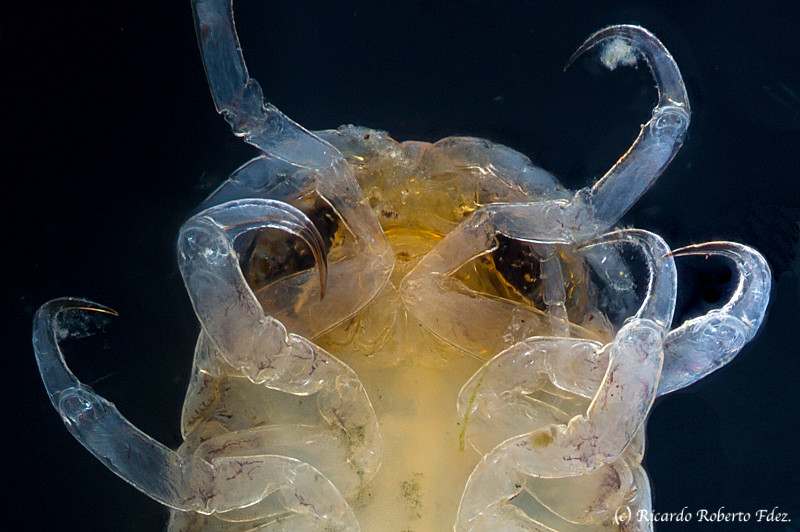
Larva madura ventral cabeza by Rikisub, en Flickr
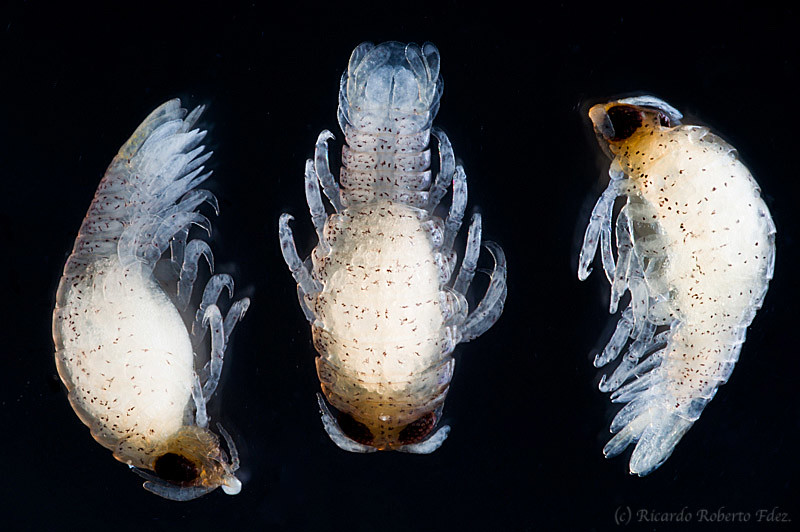
Larvas de Cymothoa by Rikisub, en Flickr
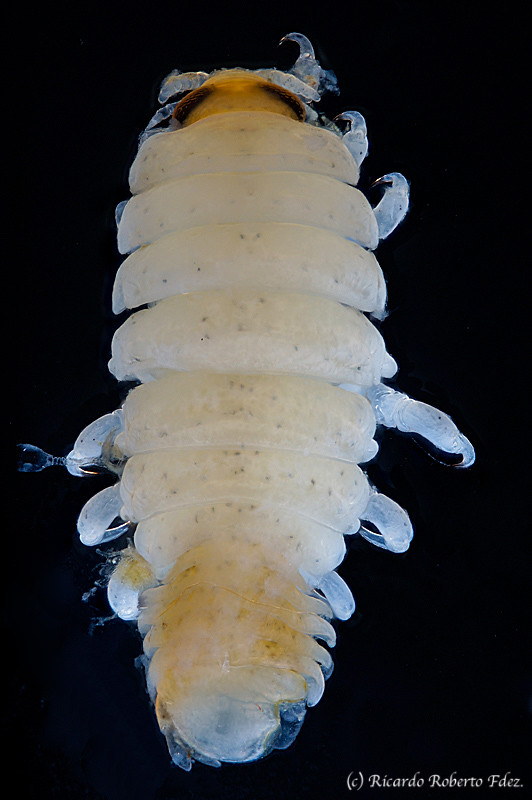
Macho dorsal by Rikisub, en Flickr

Macho ventral by Rikisub, en Flickr


